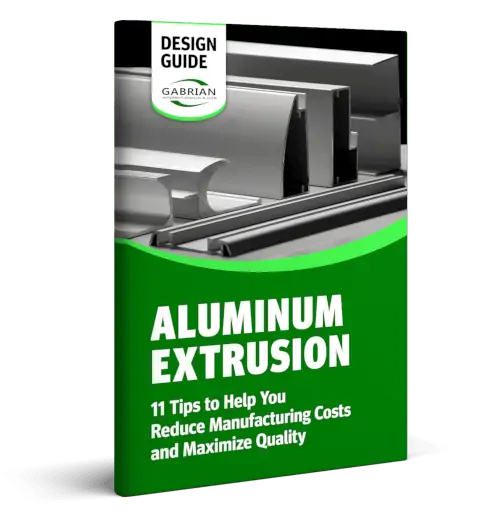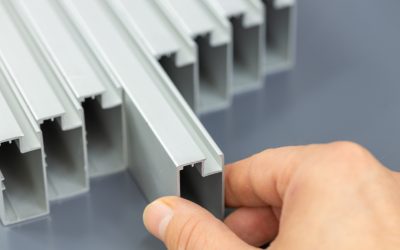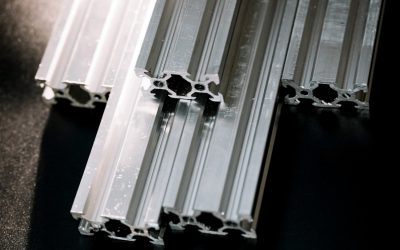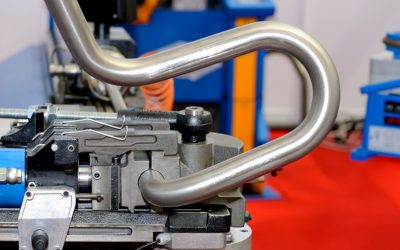Aluminum alloys 6061 and 6063 are two of the most common for extrusion. They have applications in aerospace, construction, transportation, recreational products, and numerous other industries.
They share many similar properties, making it difficult for some designers to determine which is right for their purposes. And while the differences between the alloys are subtle, it’s essential to understand them before making a decision.
This article will help you understand the advantages and disadvantages of each alloy so you can decide which one is the best fit for your project.
Table of Contents
Alloy 6061 in Review
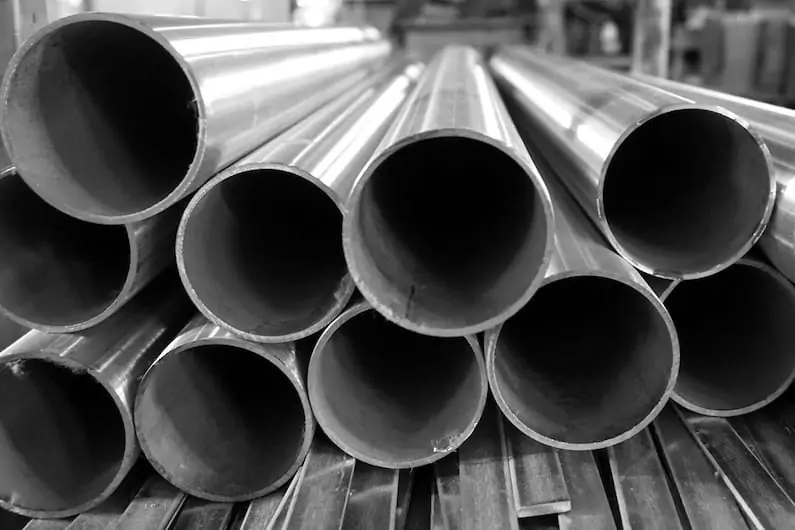
Often referred to as “structural aluminum,” alloy 6061 is a common and reliable alloy. As a member of the 6000 series, it is primarily alloyed with magnesium and silicon. The magnesium increases its strength, and the silicon reduces its melting point.
International guidelines dictate that, for an aluminum alloy to be considered 6061, its magnesium content has to be between 0.8 and 1.2%, and its silicon content has to be between 0.4 and 0.8%.
Design engineers use alloy 6061 in many different products as its physical properties are very well rounded. Applications range from structural and building products to recreation and sports equipment to aerospace engineering.
This alloy offers good relative corrosion resistance, weldability, and tensile strength. Temper treatment can improve its tensile strength even further, which involves artificial aging in an aging oven. Alloy 6061’s good workability and machinability also make it a desirable candidate for extruded products.
Additionally, in comparison with more specialized aluminum alloys, 6061 is widely available and relatively low cost. It does not rank first in any of the charts of physical properties. But this alloy is exceptionally versatile and easy to fabricate in most metal-forming techniques.
You’ll find more information about 6061 aluminum here.
Alloy 6063 in Review
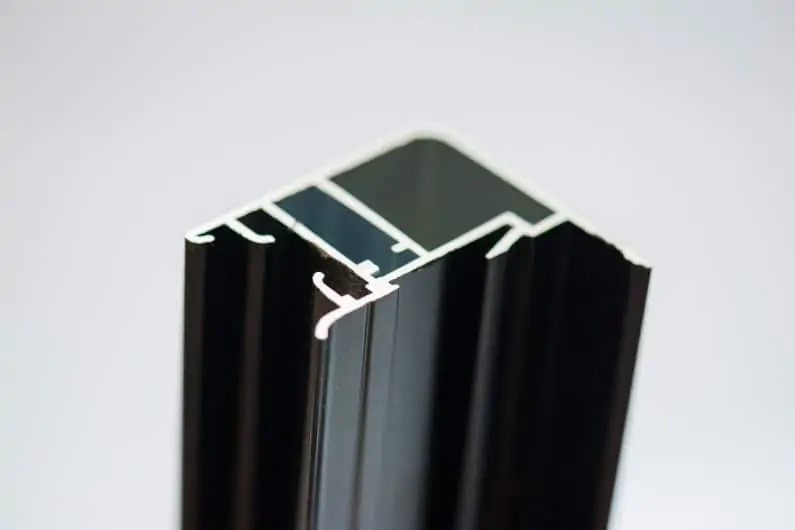
Often referred to as “architectural aluminum,” alloy 6063 has been optimized for extrudability. It provides a high-quality surface that can be easily anodized.
Alloy 6063 is also a member of the 6000 series. Therefore its main alloying components are also magnesium and silicon, although in smaller quantities than 6061. Chemical composition guidelines state that for an aluminum alloy to be classified as 6063, the magnesium content needs to be between 0.45 and 0.9%, and the silicon content has to be between 0.2 and 0.6%.
This alloy shares many of its characteristics with 6061, though it has some key differences. Alloy 6063 offers very good corrosion resistance, particularly if an appropriate surface finish is applied. It also offers good weldability, brazeability, and workability. And it provides moderately good tensile strength and fair machinability.
Like 6061, this alloy is very popular for extrusions. Designers use it in various applications, including architectural, recreational equipment, furniture, and others. You’ll generally find alloy 6063 in applications where exposure to weather or water is expected. That’s because it resists corrosion better than 6061.
You’ll find more information about alloy 6063 here.
Aluminum 6061 vs. 6063 Comparison
The following table presents a direct comparison between aluminum alloys 6061 and 6063, highlighting their differences, strengths, and weaknesses.
| Alloy 6061 | Alloy 6063 |
|---|---|
| Medium-to-high tensile strength of between 241 MPa and 310 Mpa depending on the temper treatment. | Medium tensile strength of between 186 MPa and 290 MPa depending on the temper treatment. |
| Good corrosion resistance. | Good to very good corrosion resistance |
| Good workability, weldability, brazeability, and machinability. Good for extrusions and CNC machining. | Good workability, weldability, and brazeability, with fair machinability. Excellent for extrusion projects. |
| Good surface finish. | Very good surface finish, very easy to anodize. |
| A low electrical resistance of 0.0365 to 0.043 Ω·mm2/m. | A somewhat lower electrical resistance of 0.035 Ω·mm2/m. |
| A relatively high thermal conductivity of 154 to 180 Wm-1K-1. | A somewhat higher thermal conductivity of 200 to 209 Wm-1K-1. |
| Very high versatility, used in a wide variety of industries. | High versatility, chosen primarily for its surface finish and ease for extrusion. |
Applications for the 6061 and 6063 Aluminum Alloys
Below is a list of some typical applications for each of these alloys. Understanding the different situations in which design engineers typically use either of these alloys may help you decide for your project.
| 6061 “Structural” Aluminum Alloy | 6063 “Architectural” Aluminum Alloy |
|---|---|
|
|
Should You Choose Aluminum Alloy 6061 or 6063?
The most suitable alloy will vary depending on your application. It’s also possible that either one might fit your product needs. Both can be formed using almost any aluminum-forming process and produce very satisfying product properties. That said, the specifics of your project will help you narrow down which is better suited for your applications.
Alloy 6061 is the second most popular aluminum alloy for extrusions. It offers a slightly better strength-to-weight ratio between the two. It also offers good machinability and weldability, and is a good alloy all around. Consider alloy 6061 for applications where getting the best strength is more important than corrosion resistance.
Alloy 6063 is the most popular aluminum alloy for extrusions. It offers slightly better corrosion resistance and a very appealing surface finish that is exceptional for anodizing. Consider it for applications where its strength will be sufficient, but you want improved corrosion resistance.
For more information on different aluminum alloys for extrusion, or if you want more help choosing the most suitable alloy for your project, see our aluminum extrusion design guide.

